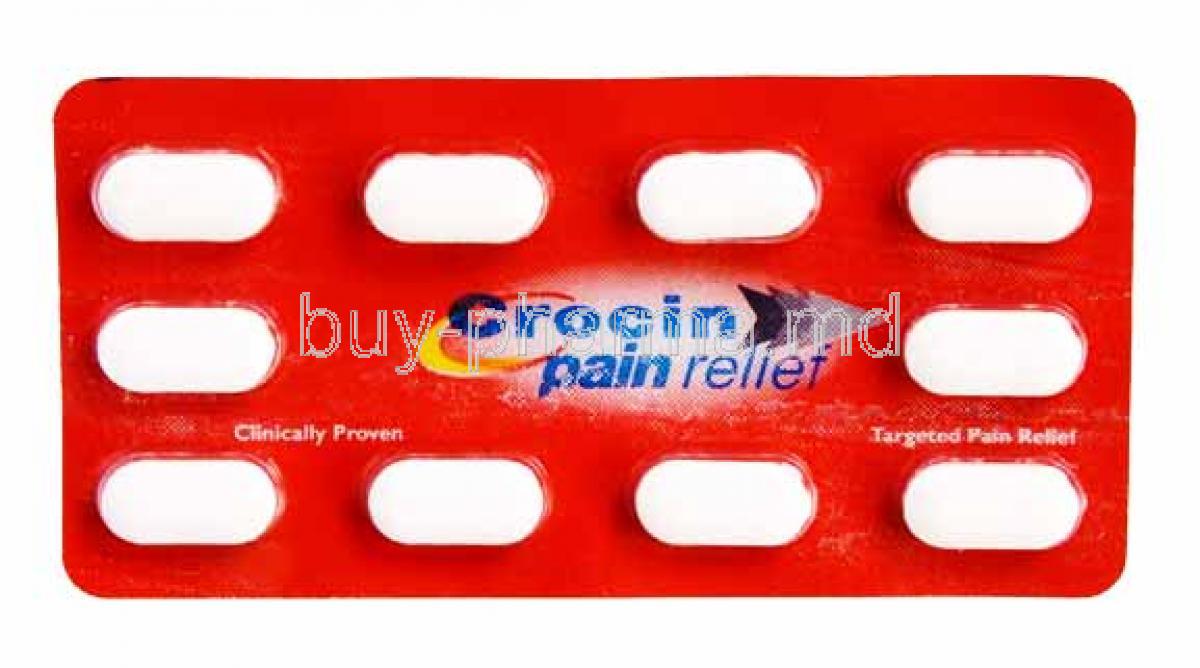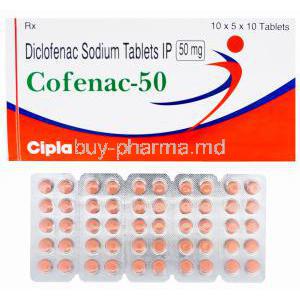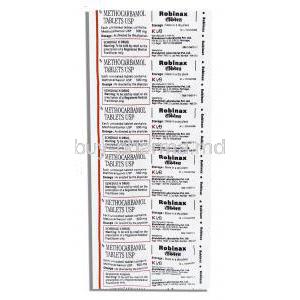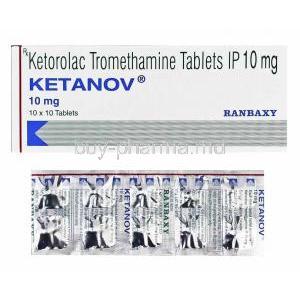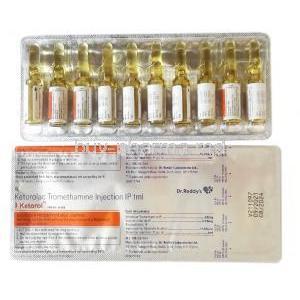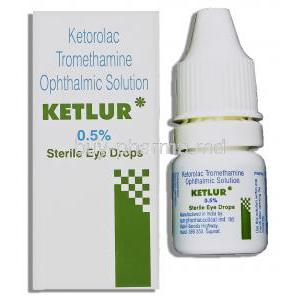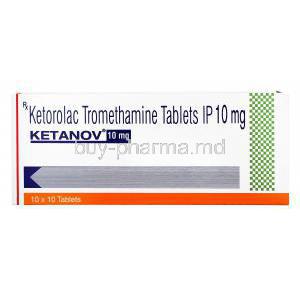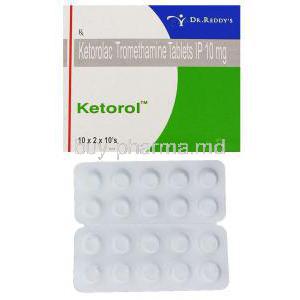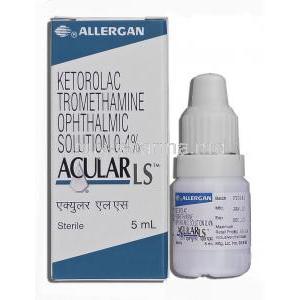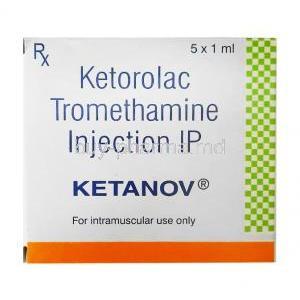Paracetamol/ Caffeine
- 1. Introduction to Paracetamol/Caffeine
- 2. Composition and Properties of Paracetamol/Caffeine
- 3. Uses of Paracetamol/Caffeine
- 4. Off-Label Uses of Paracetamol/Caffeine
- 5. How Paracetamol/Caffeine Works
- 6. Dosage and Administration
- 7. Side Effects of Paracetamol/Caffeine
- 8. Warnings and Contraindications
- 9. Important Precautions
- 10. Specific Administration Considerations
- 11. Overdose and Emergency Management
- 12. Storage and Handling Precautions
- 13. Interactions with Other Medications
- 14. Careful Administration Practices
1. Introduction to Paracetamol/Caffeine
Overview of Paracetamol and Caffeine
Paracetamol, also called acetaminophen in North America, is a pain reliever and fever reducer. Combining it with caffeine, a stimulant for the nervous system, boosts the pain-relieving effects of paracetamol. This combination not only helps ease pain but also lowers fever more efficiently.
Historical context and development of the combination
The decision to combine caffeine with paracetamol stemmed from studies showing that caffeine can enhance pain relieving properties. This blend was created to offer a solution for alleviating pain and reducing fever, particularly effective, in cases where regular paracetamol alone is not effective.
2. Composition and Properties of Paracetamol/Caffeine
Detailed breakdown of ingredients
Paracetamol tablets usually have 650 mg in each tablet, while caffeine tablets commonly contain 50 mg to enhance the effects of paracetamol.

Pharmacological properties of the combination
The combination of paracetamol's pain-relieving and fever-reducing effects and caffeine's boost to nerve activity helps to improve pain relief and lessen tiredness linked to fever.
Acetaminophen vs Paracetamol
Acetaminophen and paracetamol are essentially the thing. Both are names, for a chemical compound called para acetylaminophenol which is more commonly recognized by its trade name, Tylenol especially in the United States.
3. Uses of Paracetamol/Caffeine
Primary indications for Paracetamol/Caffeine
Benefits in pain management and fever reduction
Enhanced efficacy of caffeine in combination with paracetamol
4. Off-Label Uses of Paracetamol/Caffeine
Exploration of non-approved but common practices
This combo is mainly for dealing with pain and fever. It is often used in other ways, for treating intense migraines and post-surgery pain.
Paracetamol for sore throat
Paracetamol for tooth pain
Review of studies supporting off-label benefits
Studies combining data from sources and thorough evaluations have pointed out the effectiveness of Paracetamol/Caffeine in different situations beyond its usual uses. They specifically underscore how it can help with lasting pain and intense headaches when included as an additional treatment.
5. How Paracetamol/Caffeine Works
Mechanism of action of Paracetamol
Paracetamol mainly works by blocking the cyclooxygenase (COX) enzymes in the brain, which play a role in producing prostaglandins. Substances linked to pain, swelling, and fever. Unlike anti inflammatory drugs (NSAIDs) it doesn't have as much impact on reducing inflammation, outside the brain, which helps lessen stomach related side effects.
How caffeine potentiates the effects of paracetamol
Caffeine, a substance that blocks phosphodiesterase and has the ability to stimulate the nervous system also works by preventing adenosine receptors from being activated. Adenosine receptors usually reduce the release of neurotransmitters so when caffeine inhibits them it leads to increased activity and reduced perception of pain. This effect complements the pain relieving properties of paracetamol.
6. Dosage and Administration
Recommended dosages for different age groups and conditions
For adults, the usual recommendation is to take two tablets every four to six hours with a maximum of eight tablets within a 24-hour period. Children's doses are determined by their weight and age, underscoring the importance of seeking advice from a healthcare provider to prevent the risk of overdose.
Methods and timing of administration
Paracetamol/Caffeine is meant to be taken by mouth. Its recommended to swallow the tablets with water. You can take them with or without food. Remember to take your doses at intervals throughout the day to keep the medication at an effective level, in your system.
Can you give paracetamol to infants?
You can administer paracetamol to kids who're at least 2 months old for pain or fever. Ibuprofen is suitable for children over 3 months weighing more, than 5kg (11lb).
How much paracetamol can i take when pregnant
During pregnancy, it is acceptable to consider using Paracetamol 500 mg Tablets if needed. It is advisable to take the effective dose to alleviate pain and/or fever and only use it for a limited duration. What should your pain and/or fever be? If you find yourself needing the medication more frequently, it is recommended that you consult your doctor or midwife.
Paracetamol or ibuprofen for headache
If you're just searching for a pain reliever, like, for a headache, most medical experts suggest beginning with paracetamol and switching to ibuprofen if it doesn't help.
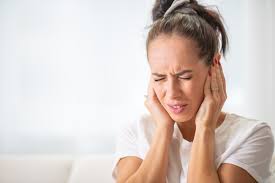
7. Side Effects of Paracetamol/Caffeine
Common side effects and their frequencies
Although most people tolerate it well, a few individuals might encounter:
- stomach discomfort, like nausea and a queasy feeling.
- A heartbeat or fluttering sensation caused by the stimulating properties of caffeine.
Potential serious adverse effects
Rarely consuming much can cause serious liver damage or kidney problems. Also, there's a chance of experiencing allergic reactions, like rashes, swelling, or breathing difficulties.
Comparing side effects in different populations
The frequency and seriousness of side effects can differ:
- Older individuals might be more prone to experiencing kidney and liver-related side effects.
- Kids are especially sensitive to the impacts of caffeine. Could show signs of heightened irritability and disruptions, in their sleep patterns.
8. Warnings and Contraindications
Conditions under which Paracetamol/Caffeine should be avoided
Paracetamol vs ibuprofen
Paracetamol and ibuprofen have mechanisms of action making paracetamol more effective than ibuprofen for certain types of pain. Paracetamol is generally preferred for a range of pain conditions such as headaches and stomach discomfort while ibuprofen might be more suitable, for managing period cramps or toothaches.
Aceclofenac paracetamol
This blend is utilized to address pain and inflammation related to conditions such as osteoarthritis, rheumatoid arthritis, and musculoskeletal disorders. Aceclofenac works to reduce inflammation, while Paracetamol aids in pain management and lowers fever.
Specific contraindications and drug interactions
It is advised not to take Paracetamol/Caffeine with other products containing paracetamol to prevent overdose. Combining it with warfarin can raise the chances of bleeding, while caffeine might intensify the impact of stimulants and beta blockers.
9. Important Precautions
Guidelines to Minimize Risk
To reduce the dangers linked to Paracetamol/Caffeine, it is recommended to follow the recommended doses and refrain from using other medicines containing paracetamol at the same time. For individuals undergoing long-term treatment, liver function tests may be necessary.
Monitoring for Signs of Toxicity
It's important to monitor for signs of liver toxicity or hypersensitivity reactions, such as unexplained nausea or fatigue suggesting possible liver issues and rash or swelling, which could be signs of allergic reactions.
Special Precautions During Prolonged Use
Extended use requires steps to prevent long-term side effects. These measures involve health checkups and modifying the dosage depending on how well the treatment works and any side effects experienced.
Paracetamol toxicity cats
The presence of toxins in the body hinders cats poisoned by paracetamol from getting enough oxygen. This can lead to a change in the color of their gums and tongue, increased heart rate, swelling in the face and paws, vomiting, dark urine, and respiratory distress.

10. Specific Administration Considerations
Administration to Elderly: Adjustments and Cautions
Older individuals may need amounts of Paracetamol/Caffeine because their liver and kidney functions are not as efficient. It's important to watch out for dizziness or trouble sleeping, which are more frequent in this age group.
Administration to Pregnant Women and Nursing Mothers: Safety and Recommendations
Before consuming caffeine in quantities, it is crucial to seek advice from a healthcare professional if you are pregnant or breastfeeding. It is important to have a conversation, about the risks of caffeine leading to birth weight and other potential impacts.
Administration to Children: Age-specific Guidelines and Safety
When giving Paracetamol/Caffeine to kids it's important to adjust the dosage based on their weight and age. Healthcare professionals need to give guidance to parents to prevent overdosing as using it in very young children (under 12 years old) is generally not advised.
11. Overdose and Emergency Management
Symptoms of Overdose
Signs of taking too much Paracetamol/Caffeine may include:
- Feeling very dizzy or disoriented.
- Having trouble breathing or experiencing chest discomfort.
- Severe nausea or vomiting may indicate harm to the liver.
Immediate Steps and Antidotes
In case of an overdose, it is important to seek medical help. Giving activated charcoal soon after ingestion can help lessen the absorption. N acetylcysteine can be utilized as an antidote to combat paracetamol poisoning.
Long-term Management of Overdose Effects
In the run, it is crucial to keep an eye on liver function and kidney health, making sure to detect and treat any harm promptly. Ongoing medical supervision is essential for handling any enduring impacts of the overdose.
Paracetamol overdose
Symptoms may not manifest initially.
- Nausea and vomiting could arise hours following an overdose.
- Pain beneath the ribs on the side, where the liver is located, with yellowing of the eyes and skin (jaundice), may develop after 24 hours.
12. Storage and Handling Precautions
Optimal Storage Conditions to Maintain Efficacy
Store Paracetamol/Caffeine in a dry place at room temperature to maintain its effectiveness and avoid deterioration. Remember to store it out of children's reach to prevent consumption.
Safe Handling Practices to Prevent Accidents
Make sure the package is tightly sealed and undamaged to prevent any contamination. Remember to wash your hands after touching the medication to avoid transferring any harmful substances.
13. Interactions with Other Medications
Common Drug Interactions and Their Implications
Paracetamol and Caffeine may have effects on medications, which could change how they work. Some important interactions to consider are the risk of bleeding if taken alongside anticoagulants such as warfarin and the potential increase in blood pressure when used with other stimulants.
Interaction with Dietary Supplements and Herbal Products
It's important to be careful when mixing this medicine with supplements such as St. Johns wort or ginseng. These supplements might change how caffeine and paracetamol work in your body, which could cause reactions or make the medication less effective.
14. Careful Administration Practices
Best Practices for Ensuring Safety and Effectiveness
Following the recommended guidelines for prescribing monitoring the health of patients and providing education on the correct usage of Paracetamol/Caffeine are essential for ensuring safety and effectiveness. Conducting assessments of patient medication consumption and making adjustments according to their clinical feedback also play a key role, in achieving the best possible results.
Patient Education and Communication Strategies
Having clear communication with patients involves talking about possible side effects, the significance of following prescribed doses, and steps to take if an overdose is suspected. Offering straightforward, brief, and easily understood details can significantly lower risks and improve medication compliance.

